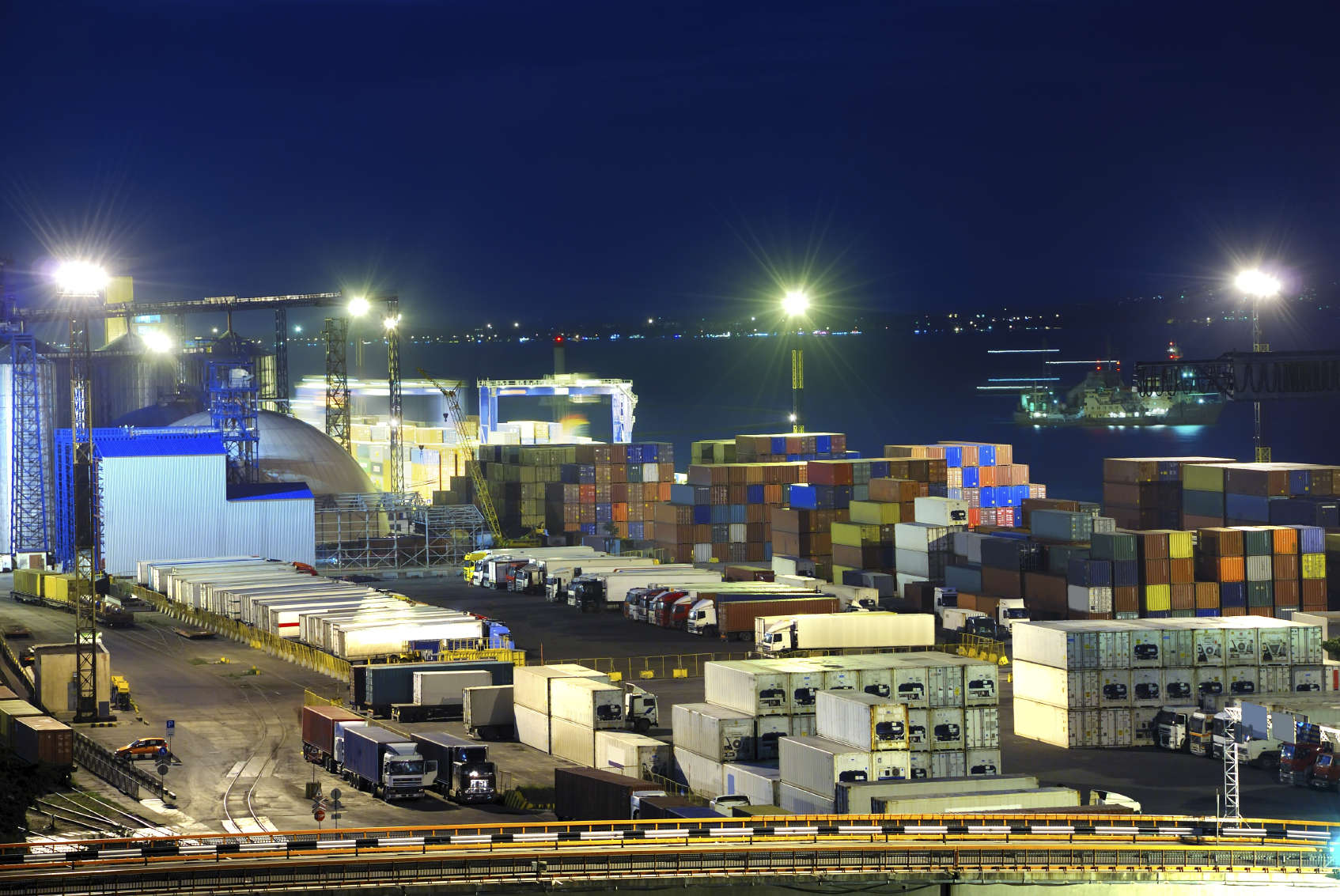Highways are the backbone of America. They are the country’s original network and have sparked new communities and businesses in their wake. Today, U.S. interstate highways total 222,000 miles and carry the 4.3 million commercial trucks that have become just as powerful a symbol of the American transportation system as the roads themselves. But on these highways, these very same trucks are causing an unacceptable number of fatalities every year, and truck drivers have experienced a gradual decline in quality of life as conditions worsen and expectations rise. On any given day, trucks move 70 percent of all cargo in the U.S. — that’s 14 billion tons of freight annually. One in seven trucks is driving empty on the road, contributing to the severe congestion on our highways. Large trucks make up one percent of vehicles on the road but create 28 percent of road-based pollution.
We currently lack both the infrastructure and personnel to support the surge in demand for trucking. In 2015 the American Trucking Association reported a shortage of nearly 50,000 drivers, projected to grow to nearly 150,000 by 2020. This is no small gap to fill, especially given the grueling nature of the job and the declining conditions in which the current 1.6 million truck drivers in the U.S. are expected to operate. Otto is one company that is willing to change the way the trucking industry operates, they have engineers from Google, Apple & Tesla where they are equipping existing trucks with unique self-driving kits, designed to empower truck drivers to drive more safely and efficiently. Another company in Australia (mining giant Rio Tinto) already uses 45 240 ton driverless trucks to move iron ore where they say it’s much cheaper and safer than using human drivers.
Driverless trucks will be safer and cheaper than their human-controlled counterparts, but that doesn’t mean America’s 3.5 million professional truck drivers are giving up to the machines without a fight. “Picture the taxi drivers around the world acting in response to Uber,” says Andy Stern, the former president of the Service Employees International Union, referring to protests and violence that erupted in many cities as the $62.5 billion Silicon Valley on-demand ride-hailing firm challenged conventional, regulated taxis. “Truck drivers will follow a similar pattern,” says Stern. “There will be disruption in different places. You can imagine people ringing state capitals with their trucks.” Public perception is another problem that driverless trucks face as people don’t like the idea of huge trucks driving themselves on the road.
Freight industry could save as $168 billion annually by harnessing autonomous technology – $70 billion of which would come from reducing staff. But this creates a big problem for the 3.5 million truckers whose livelihoods depend on the need for a human behind the wheel and the millions more whose livelihoods depend on the truckers coming up and down the country, stopping for food, drinks and sleep. It’s going to be a huge problem since trucking is not concentrated to a few regions, it’s the largest job in 29 states.
When it comes to the trucking industry, it seems technology will fill some gaps and save money for some but may create big challenges like Uber did and time will show how the industry will deal with the challenge ahead.




